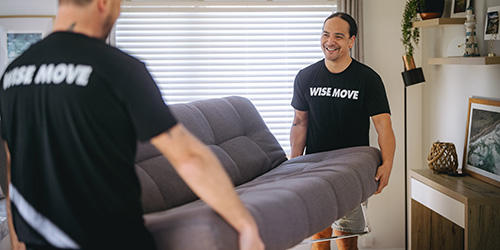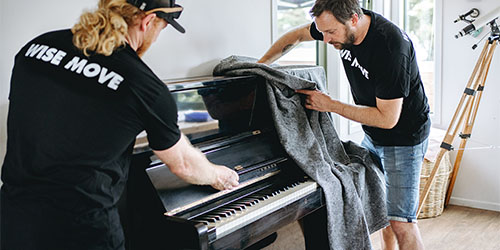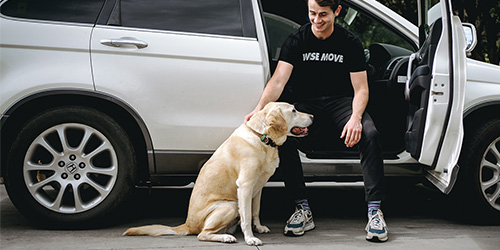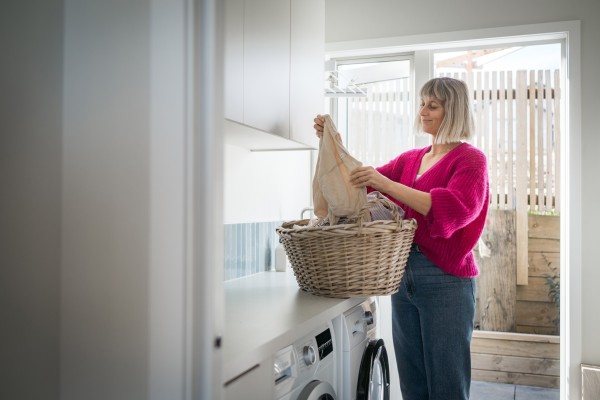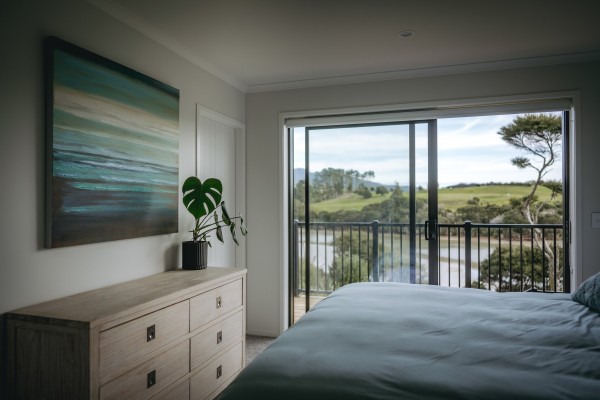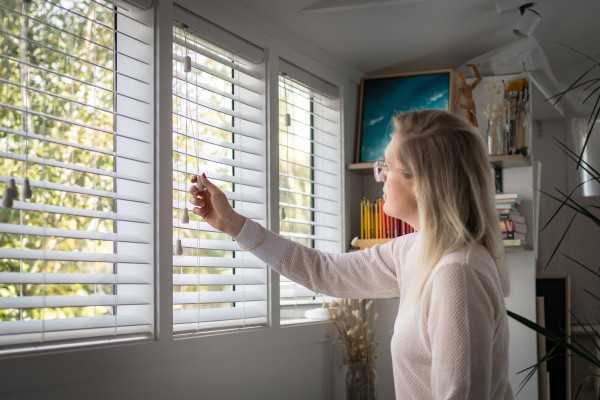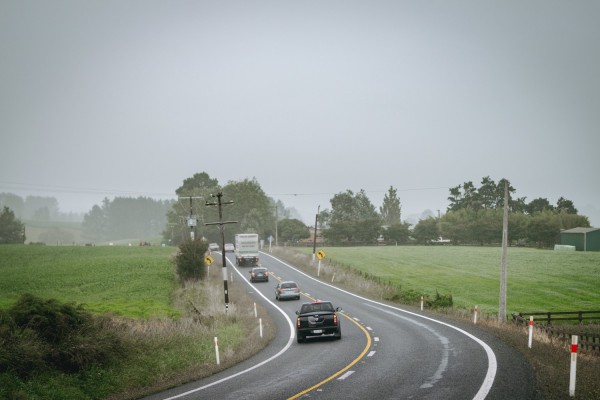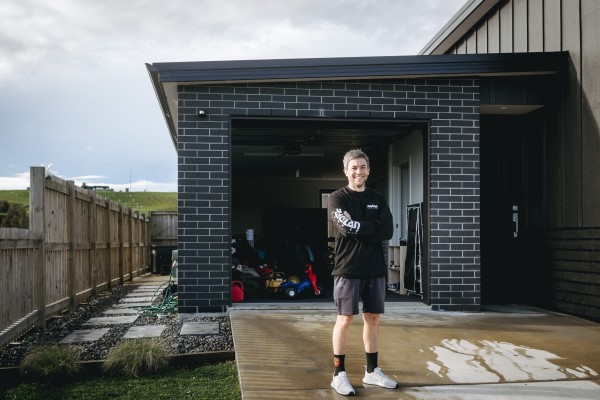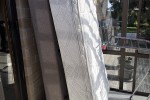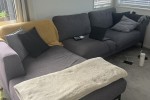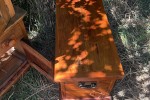What is a cubic metre?

If you’re gearing up to move, you may have heard the term ‘cubic metre’ bandied about. The term is often used to describe the space in a moving van, storage shed or shipping container. However, if you don’t know what a cubic metre is or how to calculate one, it can be difficult to know how many cubic metres of space you’ll need come moving day.
In this guide, we explain what a cubic metre is, how to calculate a cubic metre, and how many cubic metres you might need to book for your home move.
What is a cubic metre?
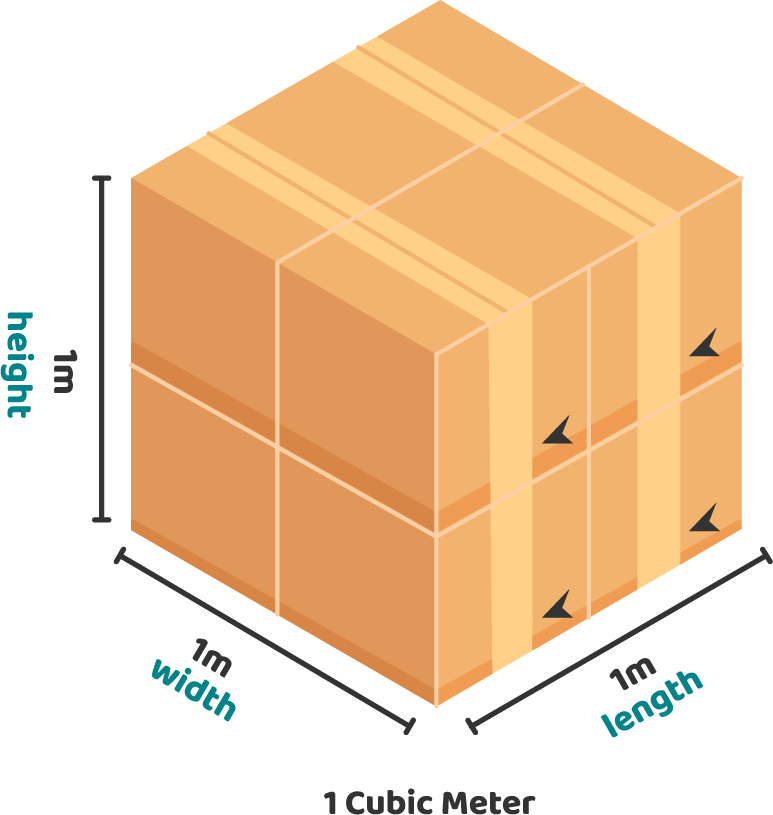 A cubic meter is a unit of volume representing the amount of space an object takes up in three dimensions, i.e., length, width, and height. One cubic metre is a volume of space that measures 1 metre in length, 1 metre in width and 1 metre in height.
A cubic meter is a unit of volume representing the amount of space an object takes up in three dimensions, i.e., length, width, and height. One cubic metre is a volume of space that measures 1 metre in length, 1 metre in width and 1 metre in height.
The formula for calculating cubic metres is straightforward; just multiply an object's length, width, and height together. For example, if you have a room that is 4 metres long, 3 metres wide, and 2 metres tall, its volume would equal 4 x 3 x 2 = 24 cubic metres.
How is a cubic metre different to a square metre?
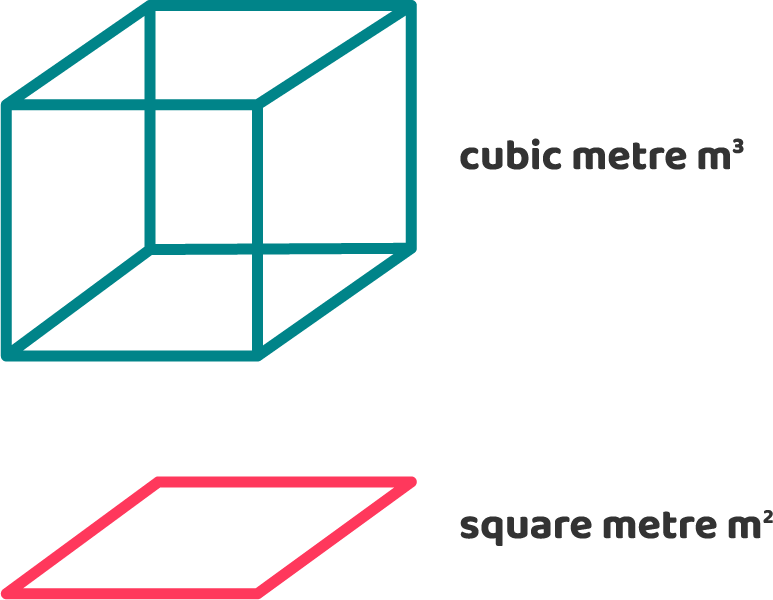 While a square metre is a standard unit of measurement for an area using width and height, a cubic metre calculates an object's volume using width, height and length.
While a square metre is a standard unit of measurement for an area using width and height, a cubic metre calculates an object's volume using width, height and length.
There are times when each equation will come in handy. However, if an object has three dimensions (ie. it’s not flat like an A4 piece of paper), you should use cubic metres to calculate the volume of the area it will take up.
Why do I need to know how to calculate a cubic metre?
Cubic metres are commonly used to measure the volume of large objects like shipping containers, storage tanks, and swimming pools. They are also used in construction to calculate the amount of concrete, soil, or other materials needed for a project. In industries such as agriculture and forestry, cubic metres are used to measure the volume of crops, wood, or other products.
Cubic metres are the best way to determine how much space your need in a moving truck or shipping container to fit your furniture and belongings during your home move.
How much stuff fits in a cubic metre?
One of the first questions professional movers ask before a move is ‘how many cubic metres do you need?’ Knowing how much space you need can be hard if you haven’t started packing your belongings yet.
As a basic rule of thumb, eight medium-sized moving boxes stack together to form a cubic metre. This visual representation makes calculating how many cubic metres of boxed items you’ll need is easy. For example, if your apartment can be packed into 32 medium-sized boxes you’ll need to book four cubic metres of space (32 boxes can be arranged in a 2x2x1 metre configuration).
Where this equation gets tricky is calculating the space of your furniture. Most household furniture is not shaped like a perfect cube. Additionally, most furniture can’t be stacked on each other as boxes can. How do you calculate the space of popular household items in that case?
How to calculate furniture as a cubic metre
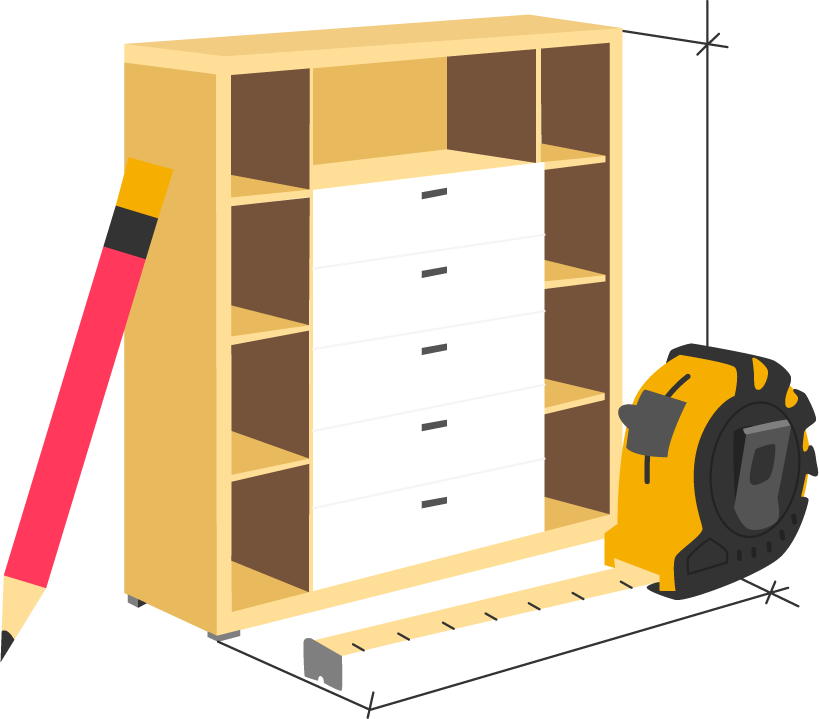 To calculate the amount of space your furniture move will require in cubic metres, calculate three measurements of each item: the width, length and height. If an item is an odd shape, like a chair or circular coffee table, imagine a box around it and measure its greatest points.
To calculate the amount of space your furniture move will require in cubic metres, calculate three measurements of each item: the width, length and height. If an item is an odd shape, like a chair or circular coffee table, imagine a box around it and measure its greatest points.
For example, when measuring a couch, measure the back of the couch to find the length, measure the arm of the couch to find the width and measure from the floor to the top of the back to find the height, then multiply these numbers together. E.g 2 x 1 x 1 = 2 cubic metres.
To make moving even easier, we've developed a calculator that automatically calculates how much space your items will take up. Input your items below to find out how much space you'll need to book for your move.
Read more about moving your furniture
How much space do common household items take up in cubic metres?
Master Bedroom: King mattress, King bed frame, two bedside tables, chest of drawers, tallboy, large mirror = 3.60m3
Double Bedroom: Double mattress, bedside table, chair, chest of drawers, desk, large mirror = 2.70m3
Single Bedroom: Single mattress, single bed frame, bedside table, chest of drawers, dressing table = 2.25m3
Lounge: 3-seater couch, two lounge chairs, medium television, tv stereo cabinet, coffee table = 4.64m3
Kitchen: cupboard, cabinet, microwave, medium fridge, freezer, dishwasher = 4.5m3
Dining room: dining table, six chairs, bookcase, buffet = 4.70m3
Office: computer, desk, lamp, office chair, printer = 2.2m3
Hall: hat stand, five pictures, mirror, hall table, rug = 1.37m3
Garage: rubbish bin, garden tools, hose, tool cupboard, wheelbarrow, lawn mower, ladder, boogie boards, chilly bin, two bicycles, barbeque = 5.48m3
Laundry: steam mop, vacuum cleaner, clothes basket, tumble dryer, washing machine, ironing board, clothes airer, brooms, mop = 2.1m3
What size truck do I need for my move?

Moving trucks for hire come in varying sizes from around 8m3 to 19m3. However, if you are looking at hiring professional movers, some large trucks can hold up to 70m3.
-
15m3 is the same space as a single-car garage
-
30m3 is the same space as a double-car garage
The best way to calculate how much space you need is to do a thorough inventory of your home. While this can take a while, it will save you from over or underestimating how much space you’ll need. Too much space can cost you money, and booking too small of a space can be inconvenient.
What do our customers say?

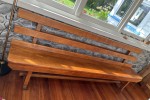
For every (wise)move
